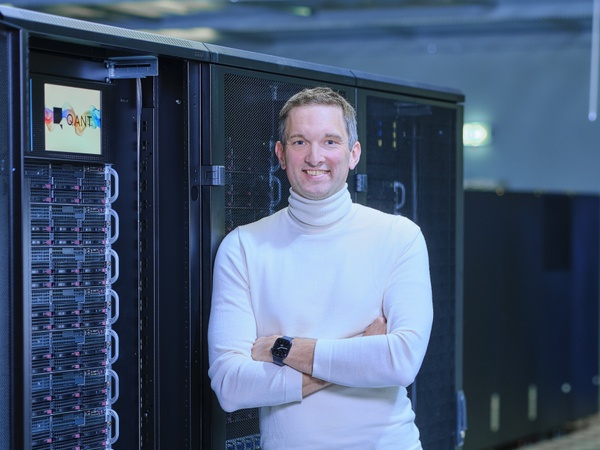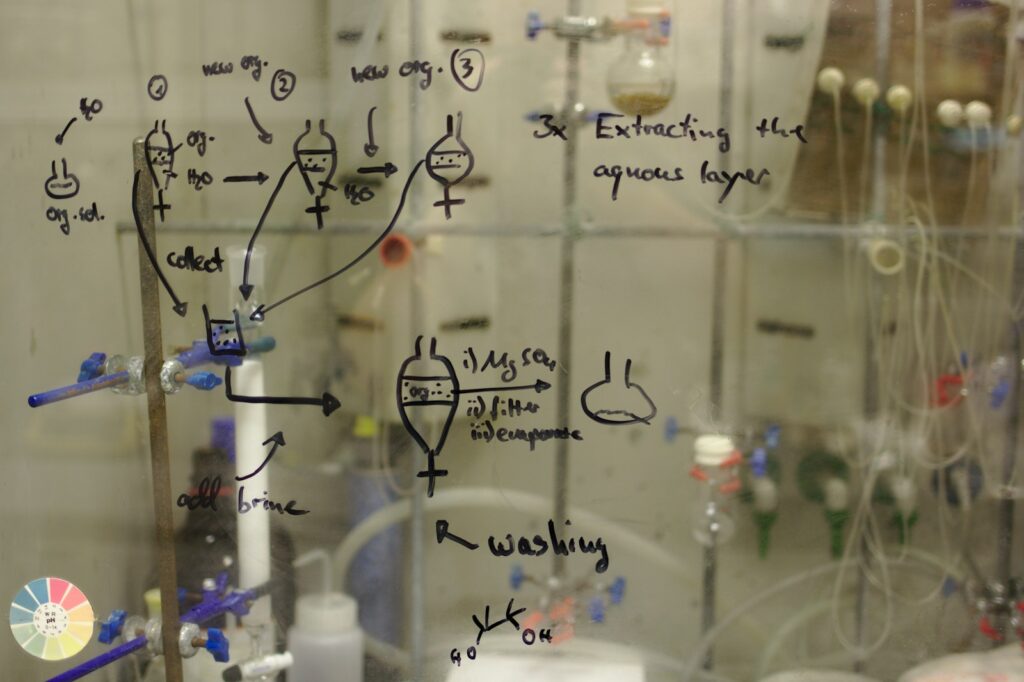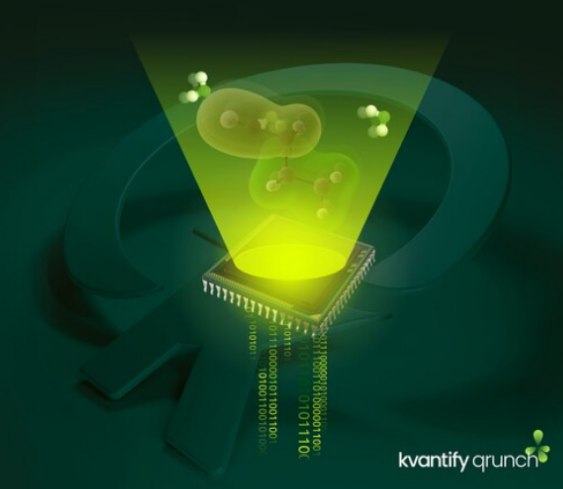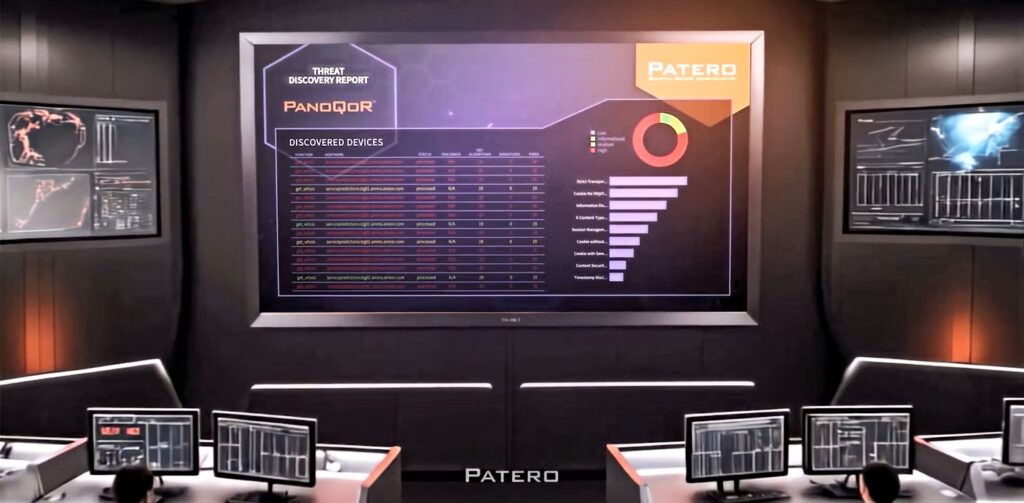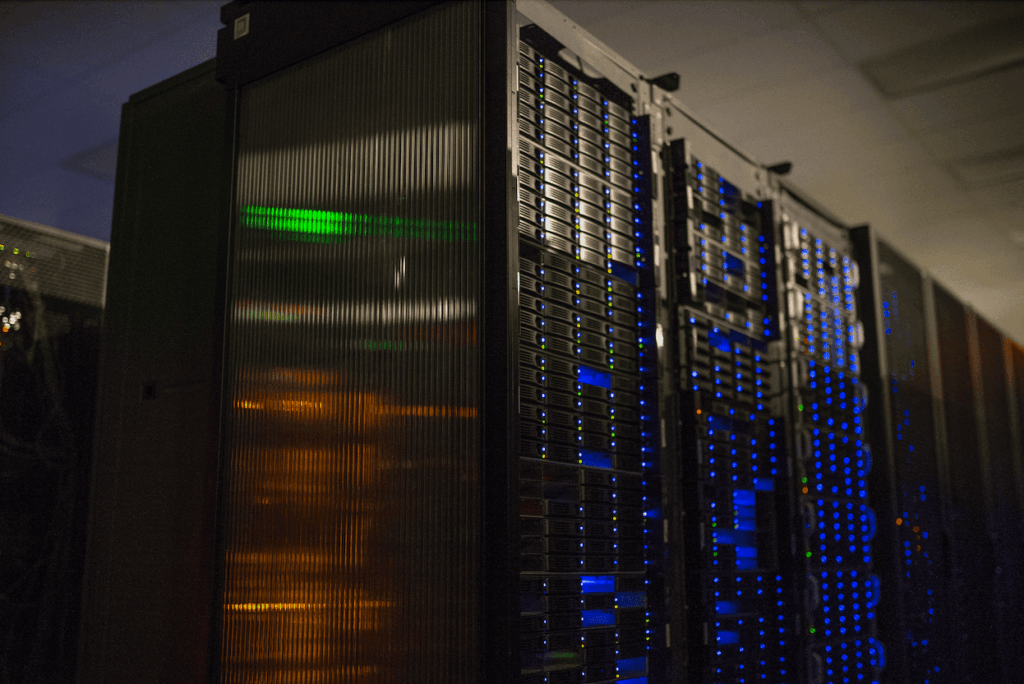Insider Brief
- Q.ANT has raised its total Series A funding to US$80 million, marking the largest photonic computing financing round in Europe, with new investment from the Duquesne Family Office to accelerate commercialization and U.S. expansion.
- The company’s light-based processors, built on thin-film lithium niobate, offer up to 30x higher energy efficiency and 50x performance gains compared to conventional chips, addressing AI’s growing energy demands.
- Q.ANT’s Native Processing Server integrates directly into modern data centers as a co-processor, aiming to make photonic processing a core technology for sustainable AI and high-performance computing by 2030.
- Image: Dr. Michael Förtsch founder and CEO of Q.ANT (Q.ANT GmbH)
PRESS RELEASE — Q.ANT, a pioneer in photonic processing for artificial intelligence (AI) and high-performance computing (HPC), today announced the second closing of its Series A funding round securing an additional investment from Duquesne Family Office LLC, the investment firm of Stanley F. Druckenmiller. The raise brings Q.ANT’s total funding to US$80M – the largest financing round for photonic computing in Europe. The funds will help accelerate commercialization of Q.ANT’s light-based processors, drive next-stage technology development to improve AI infrastructure and support the company’s expansion into the U.S. market. To further enhance its strategic expertise, Q.ANT welcomes Sue Meng, Managing Director at Duquesne Family Office, as an observer to its advisory board.
The Duquesne Family Office joins current lead investors: Cherry Ventures, UVC Partners and imec.xpand and other deep tech investors, including L-Bank, Verve Ventures, Grazia Equity, EXF Alpha of Venionaire Capital, LEA Partners, Onsight Ventures, and TRUMPF.
The race to expand global AI infrastructure has made semiconductor chips both a strategic asset and a geopolitical lever. Worldwide spending on AI-related data centre infrastructure is projected to exceed $5.2 trillion[1] over the next five years. But this explosive growth comes with a hard limit: energy. As the world’s data centres consume increasing shares of national power grids, efficiency has become the defining constraint on progress.

Q.ANT addresses this challenge at its foundation. By computing natively with light, its photonic processors deliver the precision and performance AI and HPC demand with only a fraction of the energy required by electronic chips. The result is scalable, sustainable computing for the next generation of data-intensive systems.
“AI is pushing the limits of global resources – energy, hardware, and capital,” said Dr. Michael Förtsch, founder and CEO of Q.ANT. “At Q.ANT, we achieve performance through efficiency, not brute power alone, redefining how AI can scale. The Duquesne Family Office shares our conviction that sustainable computing will define the next era of progress.”
Precision, performance and integration – for the first time in an analog processor
In just five years, Q.ANT has brought to market the world’s first commercial photonic processor for real-world AI and HPC workloads, an achievement scientists have pursued for decades. Built on the material Thin-Film Lithium Niobate (TFLN), the Q.ANT Native Processing Server (NPS) integrates seamlessly into today’s data centers as a plug-in co-processor. Early benchmarks show up to 30x greater energy efficiency, 50x performance gains, and the potential to increase data center capacity by 100x – all without active cooling.
Q.ANT achieves 16-bit floating-point accuracy, equivalent to modern digital processors, while retaining the continuous advantages of analog computing. It is the first company to combine this level of precision, performance, and industry integration in one sustainable computing platform.
Industry experts: Photonic Processing Key to Meeting GenAI Compute Demands
Leading industry analyst firm Gartner states that “conventional computing systems are severely constrained when it comes to solving the emerging information processing challenges posed by GenAI.” In its Emerging Tech: Emergence Cycle for Generative AI report2, Gartner states “Photonic computing has several potential benefits over electronic computing, including increased bandwidth, processing power and storage, all while keeping energy and power consumption under control.”
Future made tangible – Native Processing Server ready for Data Center Deployment
Q.ANT’s mission is to redefine AI infrastructure with light-based processors that deliver higher performance using a fraction of the energy required by electronics. By 2030, the company aims to make photonic processing a foundational pillar of global AI systems, radically improving scalability and energy efficiency. Engineered for seamless integration, Q.ANT’s Photonic NPS is now being evaluated by leading supercomputing datacenters. Fully compatible with today’s programming languages and AI software frameworks, the Q.ANT NPS delivers higher compute density, eliminates on-chip heat, and consumes far less energy – a critical step toward sustainable, high-performance computing.

